The content of the article
Bonsai is a special technique for growing dwarf trees in indoor conditions. In essence, bonsai is the art of creating the tree you want to see. For plants, you can choose the most common stalk of aspen, birch, pine, oak or juniper. With the help of various tricks, a strong big tree is made to grow in small indoor pots, thanks to which a very beautiful small tree grows, amazingly fitting into the modern interior.
In the East, bonsai technique equates to the art of creating sculptures or painting. The history of bonsai began from the time of samurai. When the warriors went on campaigns, they would certainly take small trees with them, personifying eternal youth and life.
How to plant bonsai
Adult bonsai is an expensive pleasure. In addition, bonsai grown by someone else’s hands will not bring you proper satisfaction and joy.Old-timers of the East say that growing bonsai from scratch gives a person strength, teaches wisdom and patience.
To grow a bonsai at home, you need to go to the nearest park and find a small process of any tree. Remember that bonsai is a prototype of a large tree, so you need to choose the varieties that you like. That is, if you do not want to see falling leaves and bare branches in the fall, you need to choose evergreen tree species. Also pay attention to what trees are well acclimatized in your lane. Do not plant a palm tree or a banana tree, if they do not have enough sunlight.
Walk through the park and decide on the choice of the tree. It can be ficus, oak, elm, birch and any other plants. Dig a small tree stalk. Usually viable processes huddle around the roots of a large tree. There, in the park, you need to collect land for planting. This is done so that the tree falls into the "familiar", that is, in the usual for him soil.
For planting you need to prepare a pot. Bonsai grows very well and takes the desired form in wide and shallow pots of ceramics.The pot should be so shallow that only cover the roots of the tree. Ceramics, in turn, perfectly retains moisture, which is so necessary for a shallow planting plants. However, for the first time, until the tree is strong and not gaining strength, it can be planted in a regular pot for indoor plants.
At the bottom of the pot you need to make a drainage - scatter expanded clay stones or just brick shards. To prepare the soil, it is necessary to mix three parts of the ground brought from the park with one part of sand and one part of peat. Mix the soil and pour it into the pot. Plant a tree in it, after cutting off the long roots. This is another important part of growing a tree. With each transplant, you need to cut the roots of the tree, leaving no more than 10 cm. This allows the plant to grow not upwards, but in breadth.
Bonsai tree care
Growing bonsai is quite simple. Most trees do not need any special conditions. Immediately after planting a tree, it should be poured abundantly and put into fresh air - for example, on the balcony or on the window sill from the outside of the window.
Fertilizer
Since there is not much soil in the pot, bonsai must be regularly fertilized. You need to feed the plant once every three weeks during the period of active growth. In winter, feeding can be canceled. Usually bonsai fertilize from a mixture of mineral substances, which include nitrogen, phosphorus and potassium. Some crops, such as pine and maple, are not fertilized with nitrogen, otherwise it can provoke active growth of these trees, which is unacceptable for us.
Watering bonsai tree
It is necessary to water a bonsai moderately, the amount of water required by a plant depends on its type. However, one should not allow complete drying of the soil, as a shallow pot does not allow the tree to accumulate moisture. It is best to water the plant as soon as the topsoil dries. In winter, watering is reduced to a minimum. If the room is very hot and dry air, you need to put the plant pot in the pan with water. Also, bonsai needs regular spraying - so it looks fresher.
Temperature and amount of sunlight
Most crops are fairly unpretentious in terms of the temperature in the room where they grow.Try to regularly carry your "pet" to the fresh air - put it on the balcony. Most trees grow normally at temperatures from -10 degrees to +40 degrees Celsius.
But the sunlight should be a lot all year round. Put bonsai on the windows on the sunny side of the house. And only in the middle of summer the tree should be protected from direct sunlight, otherwise the crown will simply turn yellow.
Pruning bonsai
Pruning is one of the main conditions for growing an aesthetically beautiful plant. At the very beginning of growing a tree you need to decide on the shape that you would like to see in your pot. Trees can be pruned so that they are straight and high, spreading and low, asymmetrical, spherical, etc.
When pruning is important to consider some features. If you want to accelerate and improve plant growth in a certain direction, you only need to cut off the tops of the branches that grow in this direction. When you remove only the top leaves, plant growth in this direction is accelerated. If you want, on the contrary, to stop the growth of branches in a certain direction, you need to “pinch” the branches, that is, remove them from the very base of the trunk.Most likely, from this place new shoots will no longer grow.
From the very beginning of the seedling growth, it is necessary to constantly form the crown of the plant. This accelerates the growth of leaves, in parallel making them small and decorative. Usually, the tree is cut in spring and summer using small shears or scissors. To cut the tree is not necessary during flowering, otherwise it will never bloom again.
How to form a bonsai tree
Many flower growers who are just starting to grow bonsai do not understand how such a dwarf plant can be obtained from a large, viable tree. Here are a few secrets to help you deal with bonsai molding.
- Small capacity. If you plant a seedling in a large container, you will get a real garden tree. The small size of the shoots is achieved by a shallow pot for planting bonsai. There is not much soil to "roam" in growth. And in order to replenish the strength of a plant, every few years it is necessary to transplant a tree into fresh soil saturated with minerals and fertilizers.
- A minimum of fertilizers. To slow the growth of the tree, you need to fertilize it, but at a minimum.You should not allow active growth and development of the crown.
- Frequent pruning of young shoots. If you constantly cut young twigs, the entire growth of the tree will go to the thickness of the trunk, which we want to achieve.
- Trimming the roots. With each transplant, you need to mercilessly cut the roots of a tree, leaving only small branches no longer than 12 cm.
- Cuts of tree bark. If a tree stubbornly seeks to grow up, you need to stop the sap flow under its bark. To do this, cuts are made on the bark or the trunk is simply pulled over with a wire for several months.
All these techniques can be carried out only after the final strengthening of the sapling, otherwise it may lead to the death of a fragile tree.
What is sick bonsai
Bonsai can usually get sick with all those diseases and pests that affect large trees of this type. The main pests of a bonsai tree are spider mites, aphids, and insects. Like other indoor plants, bonsai can suffer from mold and mildew. To cure pests, you can use medicinal compositions for indoor plants that are sold in specialized stores.You can also wipe the tree trunk with garlic tincture that kills insects. If your plant is sick, it means that you did not observe the temperature regime, the amount of watering and other living conditions of the plant.
Growing a beautiful, elegant and exquisite bonsai tree is a real hobby that requires patience and endurance. Bonsai is not just floriculture, it is a true art of creating beauty.
Video: how to grow your own bonsai tree



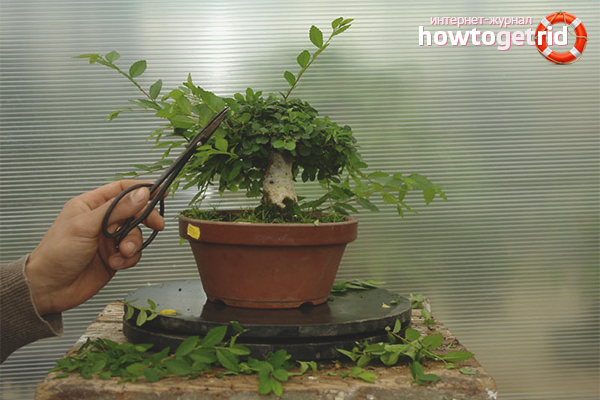

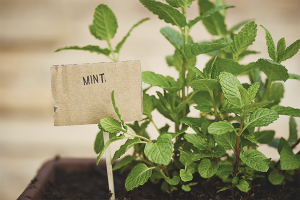
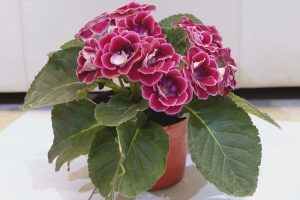
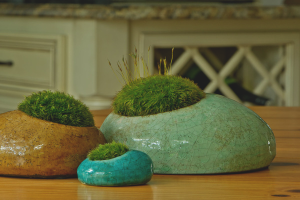
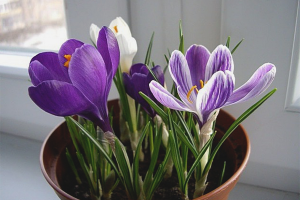
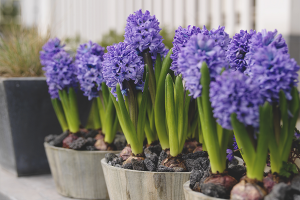
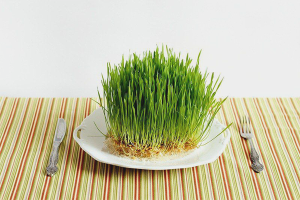
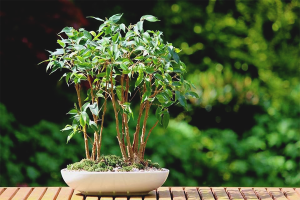
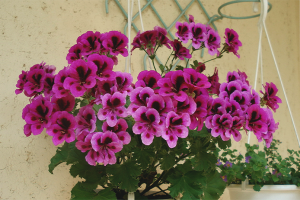
To send